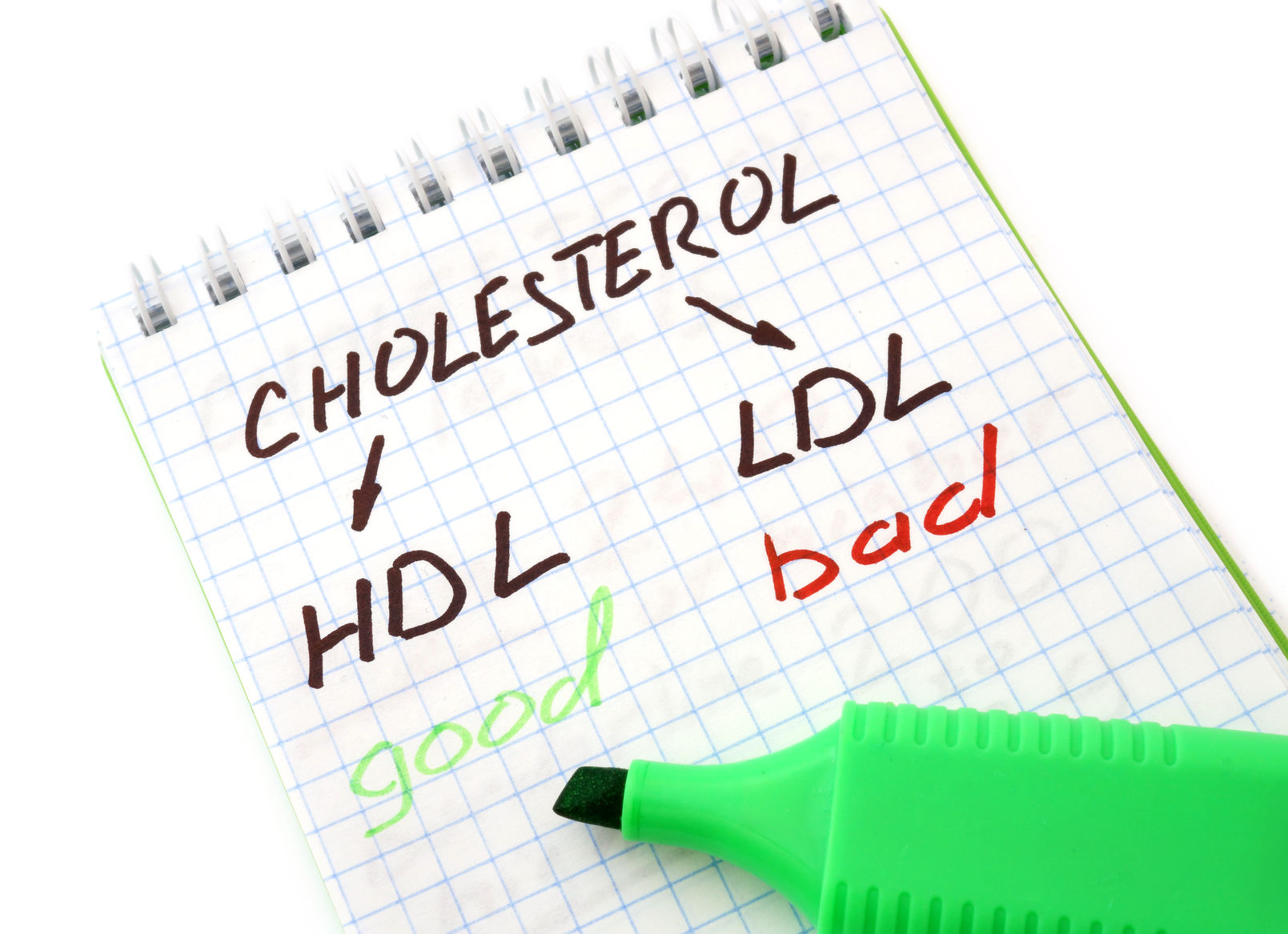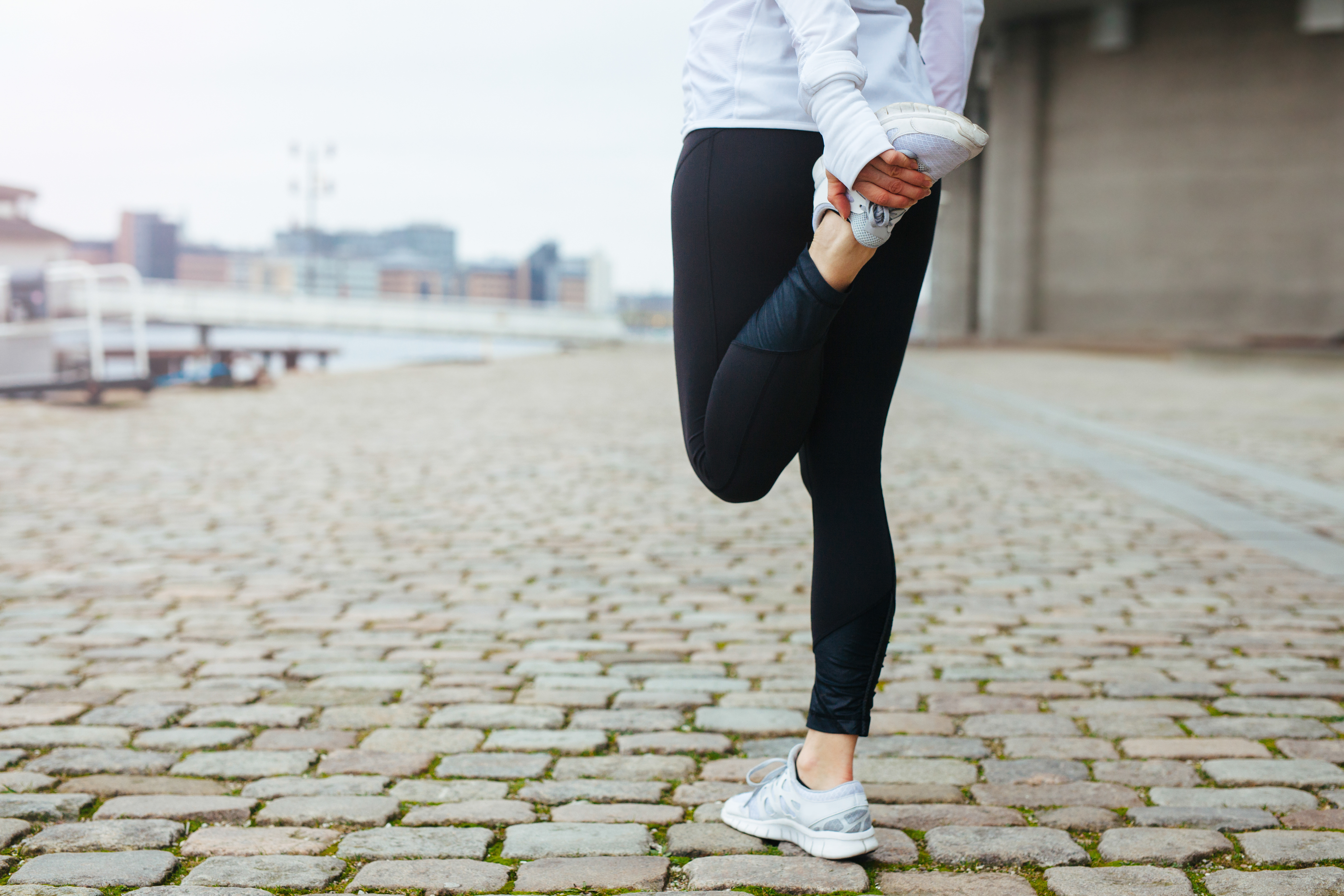Managing Cholesterol with Exercise
High Cholesterol
Cholesterol is a fatty substance that is in part consumed in our foods and in part produced by our liver to supply our cells with the right building material for cell wall and hormone construction. At the right levels it’s necessary and helpful in maintaining brain and cell health but high levels can be problematic and is thought to potentially reflect an elevated inflammatory state.
Hyperlipidaemia or high blood cholesterol/triglyceride, is super common with around 63% of Australian adults diagnosed. Untreated, it is a risk factor for several other metabolic and cardiac conditions.
Hyperlipidaemia can contribute to the development of:
- Atherosclerosis (fatty deposits in the artery walls) and thrombosis (breaking off of these fatty deposits and blocking another artery or vein)
- Coronary heart disease (narrowing of the blood vessels that supply the heart, potentially causing angina)
- Stroke (interruption of blood supply to the brain)
General recommendations for improving your blood lipid profile include:
- A diet low in cholesterol & trans fats and high in protective ‘good fats’ from fish, avocado, olive oil and flax seed
- A diet rich in varied fruit & vegetables
- Regular, moderate-intensity, aerobic or ‘cardio’ exercise
- Maintaining a healthy body weight through diet, exercise and stress management
This sort of lifestyle approach should always be the corner stone of any approach to high cholesterol but you may still need regular medication to control your lipids and this will mean regular checks by a health professional.
Aerobic exercise
Research has shown the most effective exercise for reducing hyperlipidaemia is aerobic, or cardiovascular type training. There are no strict limitations around the frequency, intensity, duration and type of exercise you can enjoy. However, as Exercise Physiologists we can consider any co-conditions, personal activity preferences and equipment access that might otherwise affect your participation.
Aerobic exercise is highly beneficial at volumes that constitute 1200-1220 kcal of energy expenditure per week, this can elicit triglyceride reductions of 5-38 mg/dL! And if you don’t speak the lingo yet, don’t worry, we can help you work out exactly what that means! The important thing to note is that these reductions in blood triglyceride concentrations are for the long-term and there is even a clear relationship between physical activity and blood levels with a single session of exercise improving blood lipid rises after a meal. This is thought to reduce the risk of atherosclerosis and the secondary pathologies associated with it (think heart attack and stroke).




Not all exercise needs to be done in a clinic under supervision and developing independence and confidence in choosing, planning and monitoring your own exercise is a key component of the EP approach.
We can also keep in contact with your GP to ensure any long-term reductions in blood lipid profile are matched by reductions in your cholesterol-lowering medication so you don’t end up with insufficient cholesterol.
In case you’re still not convinced…
Exercise also has bonus side effects such as reducing your risk of falls, reducing your risk of diabetes and hypertension and improving your memory and mood – none of these come with taking cholesterol-lowering medications!
Talk to your GP about seeing an Exercise Physiologist; you may be eligible for some Medicare-rebated sessions. Alternatively, you are most welcome to talk to us directly and we’ll happily point you in the right direction.
For more information on managing blood triglycerides naturally, check out our guest blog Nutrition for high cholesterol by Nutritionist, Alison Wright from Alimentary



